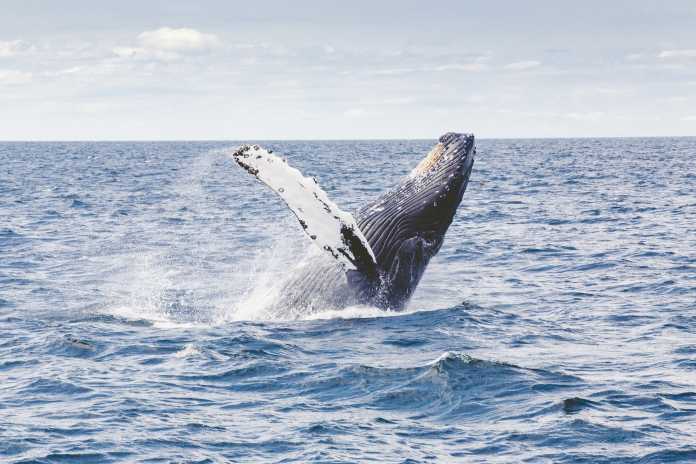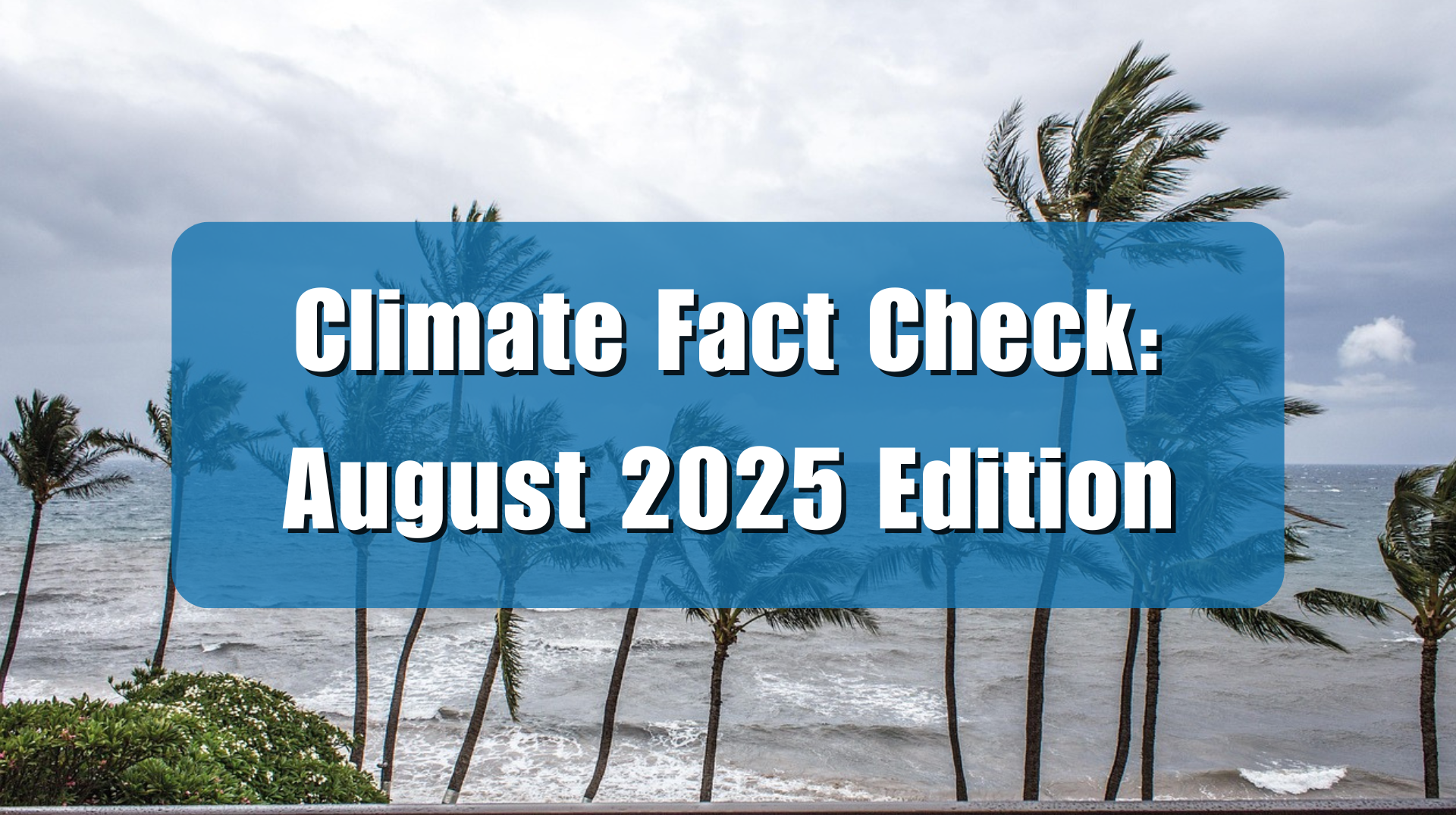A March 29 Associated Press article claims global warming is “imperiling” whales by chasing them from their traditional ranges and pushing them into shipping lanes where they are more likely to be struck by ships. In reality, whale numbers are increasing as the Earth warms. As whales expand their population numbers and ranges, one side effect of growing populations will of course be more ship strikes in areas where whales used to be rare.
The Associated Press article, “Climate change forcing whales into dangerous shipping lanes,” addresses right whales in the North Atlantic allegedly being struck more frequently by ships. The article claims, “Climate change is imperiling the world’s largest animals by increasing the likelihood of fatal collisions between whales and big ships that ply the same waters. Warming ocean temperatures are causing some species of whales in pursuit of food to stray more frequently into shipping lanes, scientists say.”
Yet the International Whaling Commission, an organization of nations dedicated to whale conservation, reports whale populations are increasing throughout the world’s oceans. For example, scientists studied minke whale populations in the northeastern Atlantic Ocean and reported populations increased from approximately 65,000 in 1989 to approximately 90,000 in 2013. Scientists studied blue whale populations in the Southern Hemisphere between 1978 and 2004 and reported an 8.2 percent annual increase. Fin whale numbers increased from 37,900 in 2007 to 43,000 in 2015. North Pacific gray whales saw their population grow from 21,100 in 1997 to 27,000 in 2016.
This brings us to the North Atlantic right whales the Associated Press story focuses on. The International Whaling Commission lacks data on North Atlantic right whale population trends. This is likely why the Associated Press article focuses on right whales and anecdotal reports of ship strikes, claiming without sound population data that right whales are imperiled. Yet the Commission does have data on Southern Hemisphere right whale population trends, reporting that Southern Hemisphere right whale populations are increasing at a rate of approximately seven percent per year as the Earth gradually warms. There is no reason to expect any different temperature impacts on Northern Hemisphere right whales, which also might explain why more right whales are available to expand their ranges and be struck by ships.
It is tragic when whales get struck by ships. However, whale population data show more whales being struck by ships is an indication of growing whale populations in the world’s oceans rather than whales being imperiled by climate change.





















